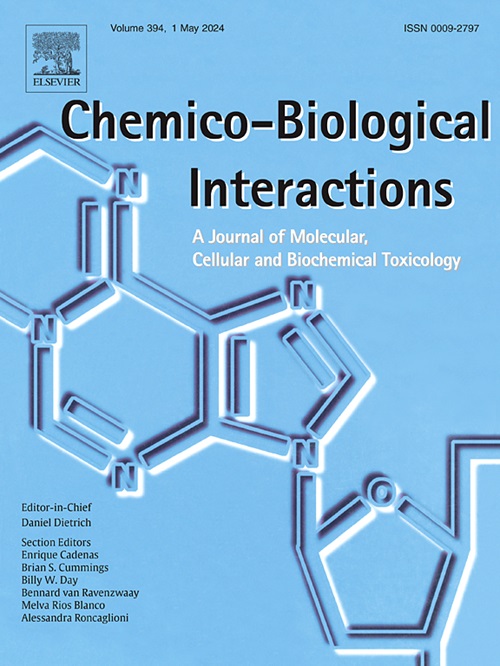Zn2+ regulates mitochondrial DNA efflux to inhibit AIM2-mediated ZBP1-PANoptosome pathway and alleviate septic myocardial injury
IF 4.7
2区 医学
Q1 BIOCHEMISTRY & MOLECULAR BIOLOGY
引用次数: 0
Abstract
This study was performed to investigate the mechanism by which zinc ion regulated mitochondrial DNA (mtDNA) efflux to inhibit the AIM2-mediated ZBP1-PANoptosome pathway and alleviate sepsis-induced myocardial injury. Here we discovered that zinc ions suppressed mitochondrial DNA release, thereby protecting the heart from LPS-induced damage in mice. In addition, LPS induced mPTP opening and mediated mtDNA efflux in cardiomyocytes, which drove AIM2 activation and ZBP1-PANoptosome multiprotein complex formation, leading to pan-apoptotic cardiomyocyte death. Zn2+ prevented mPTP opening to inhibit mtDNA efflux-driven AIM2 and ZBP1-PANoptosome multiprotein complex formation and alleviate PANoptosis. Knockdown of AIM2 alleviated LPS-induced PANoptosis in cardiomyocytes. LPS-induced PANoptosis in cardiomyocytes by regulating the ZBP1/RIPK3 pathway. However, activation of the ZBP1/RIPK3 pathway partially reversed the inhibitory effect of Zn2+ on PANoptosis in cardiomyocytes. Taken together, Zn2+ regulated mitochondrial DNA efflux to inhibit the AIM2-mediated ZBP1-PANoptosome pathway to alleviate septic myocardial injury.
Zn2+调节线粒体DNA外排,抑制aim2介导的ZBP1-PANoptosome通路,减轻脓毒性心肌损伤。
本研究旨在探讨锌离子调控mtDNA外排抑制aim2介导的ZBP1-PANoptosome通路,减轻败血症所致心肌损伤的机制。在这里,我们发现锌离子抑制线粒体DNA释放,从而保护小鼠心脏免受lps诱导的损伤。此外,LPS诱导心肌细胞mPTP打开并介导mtDNA外排,从而驱动AIM2激活和ZBP1-PANoptosome多蛋白复合物形成,导致泛凋亡性心肌细胞死亡。Zn2+阻断mPTP开放,抑制mtDNA外溢驱动AIM2和ZBP1-PANoptosome多蛋白复合物的形成,减轻PANoptosis。下调AIM2可减轻脂多糖诱导的心肌细胞泛凋亡。lps通过调控ZBP1/RIPK3通路诱导心肌细胞PANoptosis。然而,ZBP1/RIPK3通路的激活部分逆转了Zn2+对心肌细胞PANoptosis的抑制作用。综上所述,Zn2+调节线粒体DNA外排,抑制aim2介导的ZBP1-PANoptosome通路,减轻脓毒性心肌损伤。
本文章由计算机程序翻译,如有差异,请以英文原文为准。
求助全文
约1分钟内获得全文
求助全文
来源期刊
CiteScore
7.70
自引率
3.90%
发文量
410
审稿时长
36 days
期刊介绍:
Chemico-Biological Interactions publishes research reports and review articles that examine the molecular, cellular, and/or biochemical basis of toxicologically relevant outcomes. Special emphasis is placed on toxicological mechanisms associated with interactions between chemicals and biological systems. Outcomes may include all traditional endpoints caused by synthetic or naturally occurring chemicals, both in vivo and in vitro. Endpoints of interest include, but are not limited to carcinogenesis, mutagenesis, respiratory toxicology, neurotoxicology, reproductive and developmental toxicology, and immunotoxicology.

 求助内容:
求助内容: 应助结果提醒方式:
应助结果提醒方式:


